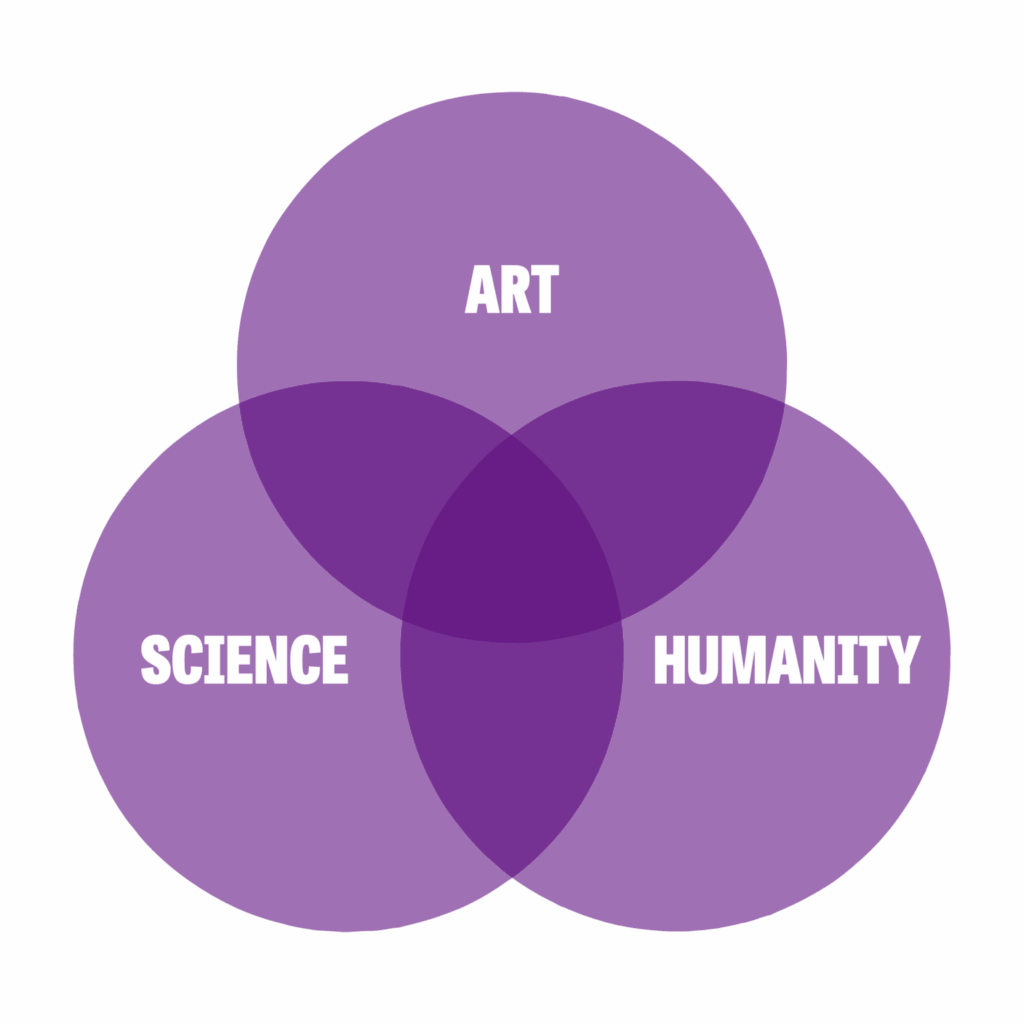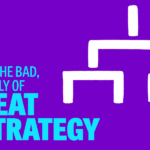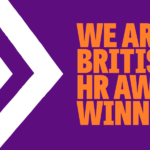The traditional debate between “people-first” and “performance-driven” HR is over. In 2025’s talent-scarce, digitally-accelerated landscape, the most successful organisations recognise these approaches as inseparable strategic advantages. Companies that view employee wellbeing and performance accountability as opposing forces are not just missing opportunities, they’re actively undermining their competitive advantage.
The evidence on this is also pretty clear: organisations that integrate genuine care for their people with clear performance expectations consistently outperform those that prioritise one over the other. Yet many organisations still struggle to balance empathy with accountability, technology with human connection, and individual wellbeing with business outcomes.
The risk of getting this balance wrong has never been higher. Neglect the people-first approach, and you’ll face talent exodus, low engagement, and innovation stagnation. Focus solely on wellbeing without performance accountability, and you’ll struggle with productivity, goal achievement, and sustainable growth.
People-First Is a Strategic Advantage in 2025
People-first HR isn’t about being “nice”, it’s about creating sustainable competitive advantage through human potential. This approach prioritises employee wellbeing, inclusion, flexible working arrangements, and empathetic leadership as core business strategies.
Key elements driving people-first success include:
- Holistic wellbeing programmes that address mental, physical, and financial health
- Inclusive cultures where diversity drives innovation and decision-making
- Flexible and hybrid working models that prioritise outcomes over location
- Empathetic leadership development that builds trust and psychological safety
Research from People HR demonstrates that people-centric strategies deliver measurably superior results: higher retention rates, increased innovation, improved customer satisfaction, and stronger financial performance. Meanwhile, SD Worx’s 2025 HR trends analysis shows that organisations embedding people-first principles are significantly more resilient to market disruption and change.
Why people-centric strategies outperform transactional models:
- Trust acceleration: When employees feel genuinely valued, they invest more deeply in organisational success
- Innovation multiplication: Psychological safety enables creative risk-taking and breakthrough thinking
- Higher retention: People stay with organisations that invest in their whole-person development
- Resilience building: Strong people-first cultures adapt faster to change and uncertainty
Effective team performance frameworks recognise that sustainable high-performance emerges from environments where people feel supported, challenged, and valued.
So, what does Performance-Driven HR really mean?
Performance-driven HR has evolved far beyond traditional target-setting and annual reviews. Modern performance management focuses on continuous feedback, transparent goal-setting, values-based delivery, and data-informed development that aligns individual growth with organisational success.
This transformation includes:
- Continuous feedback loops replacing annual performance reviews
- Transparent goal-setting that connects individual objectives to company strategy
- Real-time recognition systems that celebrate achievements when they happen
- Fair performance evaluations based on skills, potential, and contribution rather than tenure or bias
- Skills-based advancement that creates clear pathways for career progression
Talentia Software’s skills-based organisations research reveals that companies adopting skills-based approaches see 36% better internal mobility, 43% more effective succession planning, and significantly higher employee satisfaction with career development opportunities.
Modern performance-driven practices focus on:
- Ensuring performance metrics reflect organisational values and culture
- Using performance data to identify learning and growth opportunities
- Evaluating potential and adaptability alongside current achievement
- Building shared responsibility for team and organisational success
Successful people development strategies integrate performance management with continuous learning, creating cultures where high-performance and personal growth reinforce each other.
How to Integrate People-First and Performance for Impact
The integration of people-first philosophy with performance accountability requires systematic approach and strategic thinking. Leading organisations embed this integration into every HR process, from recruitment to retirement.
Here’s how you can do it to:
Embed Wellbeing in Performance Management
- Include wellbeing metrics in performance discussions
- Recognise managers who support team member mental health
- Create performance goals that balance achievement with sustainable working practices
- Use 360-degree feedback to assess empathetic leadership capabilities
Leverage AI and Analytics for Personalisation
- Deploy (where needed) AI-powered learning platforms that adapt to individual learning styles
- Use predictive analytics to identify career progression opportunities
- Implement personalised development plans based on skills gaps and aspirations
- Create data-driven mentoring and coaching matches
Ensure Accessible Learning and Upskilling
- Provide multiple learning formats (micro-learning, workshops, peer learning)
- Create skills marketplaces where employees can develop capabilities they’re passionate about
- Establish learning time as protected time, not optional extra
- Measure learning impact on both individual satisfaction and business performance
Align HR KPIs with Business Strategy
Following AIHR’s framework for aligning HR strategy with business strategy, successful integration requires clear connection between people metrics and business outcomes:
Here’s a handy checklist:
- HR objectives directly support strategic business goals
- Employee engagement metrics correlate with customer satisfaction scores
- Learning and development programmes address future skills requirements
- Diversity and inclusion initiatives drive innovation and market responsiveness
- Performance management systems reward both results and values demonstration
- Leadership development focuses on capabilities needed for business transformation
Leadership & Technology – Enablers not Replacements
HR technology and AI represent powerful amplifiers of human potential, not replacements for authentic leadership and genuine human connection. The most effective people-first, performance-driven organisations use technology to enhance empathy, not substitute for it.
Here’s how to connect technology and human leadership:
Amplify Human Connection
- Use collaboration platforms to strengthen team relationships, especially in hybrid environments
- Deploy AI-powered insights to help managers have better one-to-one conversations
- Implement feedback tools that encourage regular, meaningful dialogue
- Leverage data to personalise employee experiences and development opportunities
Invest in Digital Literacy and Platform Adoption
- Provide comprehensive training on HR technology platforms
- Create user-friendly interfaces that encourage adoption rather than resistance
- Establish clear protocols for data privacy and ethical AI use
- Develop change management strategies that help people embrace technological enhancement
Anchor Decisions in Core Values and Trust
- Ensure all technology implementations reflect organisational values
- Maintain transparency about how employee data is used and protected
- Create governance frameworks that prioritise human dignity alongside efficiency
- Build feedback mechanisms that allow employees to shape technology deployment
Technology should enhance human capabilities, not replace human judgement. The most successful HR leaders use AI for data analysis and pattern recognition while reserving decision-making authority for complex, nuanced situations that require empathy, context, and human wisdom.
LTT’s Approach to People-First, Performance-Driven HR
At Let’s Talk Talent, our people-first, performance-driven methodology is built on the intersection of Art, Science, and Humanity, three essential elements that create sustainable high-performance through genuine people investment.

The Art: Creative, Contextual Solutions
The Art of people-first HR involves crafting bespoke strategies that reflect your unique culture, industry context, and organisational personality. We don’t believe in one-size-fits-all approaches. Instead, we work with you to:
- Design custom people frameworks that align with your brand and values
- Create engaging employee experiences that feel authentic to your organisation
- Develop creative solutions to complex people challenges
- Build cultures where individual creativity and organisational performance enhance each other
The Science: Data-Driven, Evidence-Based Practice
The Science brings rigorous analysis and measurement to people strategy, ensuring decisions are grounded in evidence and outcomes are measurable. Our scientific approach includes:
- Analytics-driven insights into employee engagement, performance, and retention patterns
- Skills-based assessment and development frameworks with clear progression metrics
- Evidence-based leadership development programmes with measurable impact
- Strategic alignment methodologies that connect people metrics to business outcomes
The Humanity: Empathy, Connection, and Purpose
The Humanity element ensures that all strategies serve real people with real needs, dreams, and aspirations. This human-centred foundation includes:
- Empathetic leadership development that builds genuine connection and trust
- Wellbeing initiatives that address the whole person, not just the employee
- Inclusive practices that celebrate diversity and create belonging
- Purpose-driven cultures where people find meaning in their work and contribution
Where Art, Science, and Humanity intersect, transformation happens. This integration creates environments where people feel genuinely valued (Humanity), perform at their highest potential (Science), and contribute to something uniquely meaningful (Art).
The organisations that will thrive in 2025 and beyond are those that reject the false choice between caring for people and driving performance. Instead, they’ll build cultures where employee wellbeing and business success reinforce each other, where technology enhances human potential rather than replacing it, and where every person feels valued while being held to high standards.
The business case here is very clear: integrate people-first philosophy with performance-driven practices, or risk being left behind by competitors who understand that sustainable success requires both.



